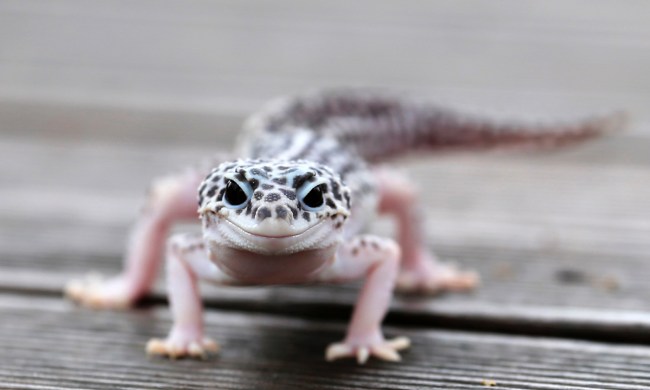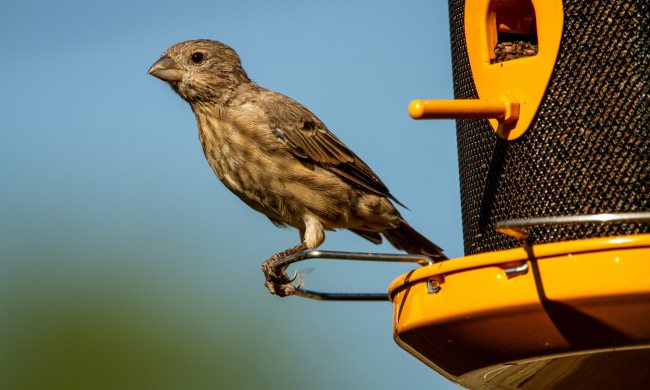If there’s one thing all cats love, it’s birds. Cats love to watch them, stalk them, and hunt them. Not many indoor cats get the opportunity to indulge their natural instincts nowadays, but they can still enjoy watching birds from inside your cozy home. To provide them (and yourself) with hours of entertainment, get them the Nature’s Hangout Window Bird Feeder. This bird feeder attaches directly to the window, attracting lots of neighborhood birds that will drive your cat wild.
Why set up a bird feeder for your indoor cat?
Bird feeders, especially window-mounted ones, provide endless fun and entertainment for your kitty. Your cat will be more active during the day, when the birds are flocking, and less active at night. This means a quiet night’s sleep for you. Plus, it can give your cat some much-needed exercise without requiring you to play with him. This sort of stimulation can keep him occupied and make him less dependent on you for attention. Who doesn’t love free cat entertainment?
Nature’s Hangout Window Bird Feeder
The Nature’s Hangout Window Bird Feeder is one of the best on the market. And at only $25, it’s one of the most affordable, too! This feeder allows you and your kitty to get a closer look at the wildlife in your area. It is made of durable, clear acrylic, which lets you see everyone who comes to visit the feeder.
The feeder attaches to your window with strong suction cups and can be mounted on any glass window. The suction cups are designed to hold the feeder securely in place all year long, even during inclement weather. The company is so sure about their product’s stability that they offer a guarantee: If your bird feeder falls off your window, they’ll give you a complete refund.
The Nature’s Hangout feeder has a large basin measuring 11.8 inches by 5 inches by 4 inches. The enclosed tray can hold up to four cups of birdseed. A cover protects the seed and any visiting birds from rain and snow. There is also a comfortable padded perch-grip that the birds will love.
The tray is equipped with drainage holes to prevent the seed from getting moldy. The holes also help get rid of any rain or snow that would otherwise collect in the tray. Plus, the tray is removable, which makes it quick and easy to clean. You can attach it to any window, and in no time, your local birds will flock to your home.
Helpful tips
Here are a few tips to help you make the most of your new bird feeder:
- Place it on a window at least 10 feet off the ground to avoid attracting squirrels, raccoons, and other unwanted guests.
- Do some research on the birds in your neighborhood so you can stock your feeder with seeds that they’ll love.
- Set up a viewing area for your cat by putting a cat tree or window-ledge pillow by the window with the bird feeder on it.
Give your cat free entertainment with the Nature’s Hangout Window Bird Feeder. It is hassle-free and easy to use for you and provides daily stimulation for your cats (not to mention a meal for your neighborhood birds). For only $25, you can purchase one of the best window feeders on the market today. Your kitties will thank you for it!



